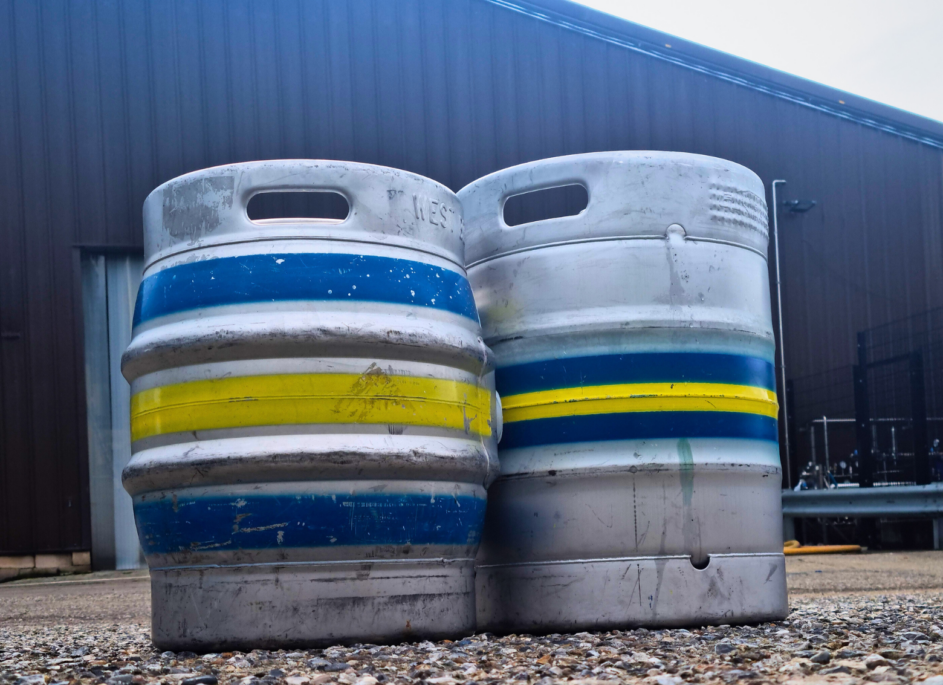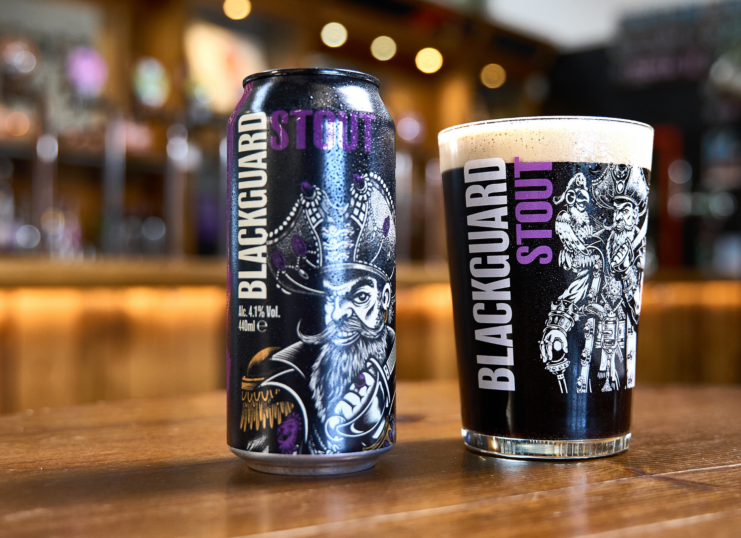
Here at Renegade, we have a selection of different beer styles that spread across both keg and cask varieties, but what actually is the difference between keg and cask? A lot of the time the two will be described in simple terms of ‘cask is warm flat beer’ and ‘keg is just cold and fizzy’ but why are they like this and which is better?
CASK
Cask ale, cask conditioned beer or ‘real ale’ is beer that brewed then stored in a barrel. By doing this the beer goes through a secondary fermentation process. The beer is considered a ‘live product’ as its unfiltered and isn’t pasteurized meaning it contains active yeast. As the beer sits in the barrel, the yeast turns the sugars into alcohol and by doing so also produces a by product of cO2 which gives a soft carbonation to the beer. After casking the beer, the barrel will typically sit for 2-4 days unmoved to allow for this secondary fermentation to process.
Cask beer is defined as beer dispensed from a cask, whether that be wooden or metal. Typically, a cask that you’d see in a cellar will be a rounded stainless steel or aluminium cask set on its side, with a tap attached for dispense. To prepare a cask for dispense, finings are added. Finings are a substance used to draw yeast and sediment to the bottom of the cask. Typically, finings are made from gelatin or historically Isinglass (fish bladder cologne) meaning that the majority of cask beer is unsuitable for vegetarians and vegans. Some breweries however choose not to filter their beer, ales that are unfined will contain sediment and appear cloudy or hazy.
To ensure the ale is to be perfect, the condition of the cellar in which it is kept needs to be optimum. The cellar should sit at between 11-13°C and the cask needs to be placed securely and to be unmoved. Before pouring, a shive needs to be attached so that the cask can vent (let the gas inside out and keep the beer in) and a tap to be inserted. The cask should ideally be left for 24 hours before serving. Because this form of beer is considered a ‘fresh product’ the contents of a cask should be used within 3-4 days of tapping it.
A vessel in which you can package both keg and real ale is a Key Keg. These are essentially a plastic (recyclable) bottle containing a bag of beer, the gas you pump into the keg doesn’t touch the beer but rather fills the bottle around the bag pushing the beer out without becoming too fizzy. For real ale, the keg isn’t open to the atmosphere, you get all the natural, live-yeast carbonation of real ale, but without the risk of the beer gradually going flat. It cuts down on the chance of off-flavours developing from oxidation, too.
KEG
Keg beer is a product that is dispensed from a cylindrical a pressurised container, is typically filtered and filtered product. The beer is brewed, usually filtered to clear the remaining yeast and sediment. The beer is then typically transferred into a ‘bright tank’ where it is force carbonated ahead of packaging.
This type of beer is ready to be dispensed once chilled to temperature in a pub’s cellar, the beer should be served between 3-8°C. A keg works by pushing gas into it, filling the empty space and forcing the beer through the lines. Gas used is usually cO2 or a mix of cO2 and nitrogen where needed. As they are mostly filtered, pasteurised and kept in pressurised containers, they don’t contain any active ingredients and therefore no oxygen will be able to enter the vessel, the taste is kept consistent, and the self-life is longer.
So, what is the better beer? That’s completely up to the drinker’s preference. Different beer styles can taste different on cask or keg. The next time you are in a pub and are unsure of choice grab one of each and compare the flavours and experience and see which you prefer.







